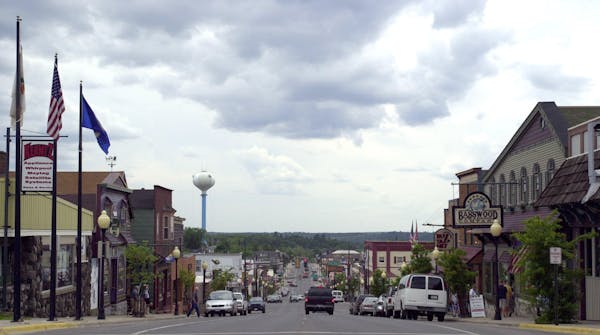Joe Baltich's Aug. 31 commentary ("Mining opponents: You think you know Ely's needs?") is full of inaccurate information. In particular, his claim that tourism and Boundary Waters Canoe Area Wilderness (BWCA) usage is in "steep decline" is just plain wrong. Baltich uses his own "anecdotal estimates" to make this claim. A factual look at numbers tells a far different tale.
One public measure of tourism in Ely is the 3 percent lodging tax, collected on all short-term lodging such as hotels and motels. Unlike other taxes that affect residents and tourists, the lodging tax is almost entirely paid by tourists. Those tax dollars are then used to promote Ely and Ely tourism. In 2012, Ely collected $265,000 in lodging tax dollars.
Lodging tax revenue represents a very small portion of the overall tourism dollars spent in Ely, but it is a useful way of showing the growth of tourism in Ely. A review of lodging tax dollars collected shows tourism revenue has increased every year except for two years since 2000. Overall lodging tax dollars have increased 68 percent since the year 2000.
In 2011, Ely had its best year ever for tourism revenue based on the lodging tax dollars collected. This tax revenue was boosted by the economic impact of the Pagami Creek fire. Several million dollars plus in revenue was pumped into our Ely economy.
Many, including me, thought that tourism revenue for 2012 would not surpass our success in 2011. However, we did. Lodging taxes for 2012 were 3 percent above 2011. Based on this tax, this was our best year ever for tourism dollars coming into the Ely economy.
Tourism dollars in Ely are also spent by those entering the Boundary Waters. The permits issued each year are essentially a fixed number and the Forest Service tracks the number of permits issued each year.
In 2012, there were 32,818 reservations for overnight camping and day-use motor permits for parties of up to nine people. That number has been consistent for the last three seasons, varying only by a few reservations between 2010 and 2012. The Forest Service estimates that about 250,000 people enter the Boundary Waters each year.
How is tourism doing in 2013? My family owns both a resort and a canoe outfitting business. Both companies increased their sales in 2013. We have seen no steep decline in tourism revenue in Ely.
We saw no decline in our May and June reservations, as Baltich claims. The late spring may have hurt some business, but the impact would be marginal as most lakes were ice-free two to three days after fishing opener.
For Minnesota and for Ely, outdoor recreation is officially big business. A study by the Outdoor Industry Association quantifies the economic impact of activities like hiking, camping, skiing and canoeing in our state. Outdoor recreation in Minnesota generates $11.6 billion in consumer spending, 118,000 direct jobs paying $3.4 billion in wages, and $646 million in state and local taxes.
The Forest Service estimates the annual economic impact of the BWCA on the region at $100 million, and the annual economic impact of the Superior National Forest as a whole at $500 million. Ely benefits from our share of this spending, these jobs and the taxes paid.
Tourism has been an integral part of the northern Minnesota economy since the early 1900s. The BWCA is now a national treasure, enjoyed by travelers from all over the world. It is something we should cherish and protect for future generations to enjoy.
Of course, an economically diverse community is important and we should always strive for that goal, but it is sinister at worst and unwise at best to ignore the value that the tourism industry brings to our communities.
---------------
Bill Forsberg Sr. is past president of the Ely Chamber of Commerce.

Thoughts from the Star Tribune's new community engagement director
Cut down on electronic waste in Minnesota
In Minnesota, statistical gloom amid the hope of a progressive-led boom


